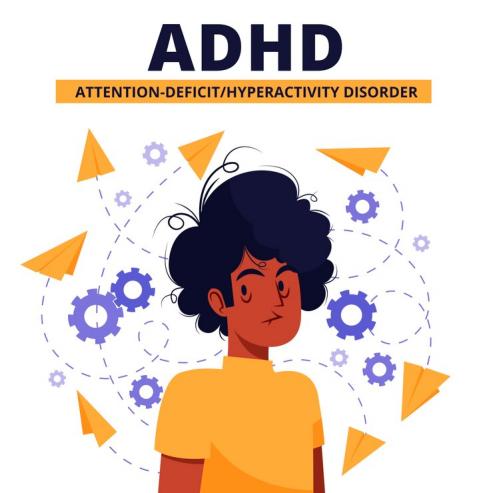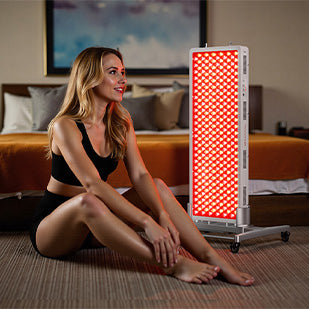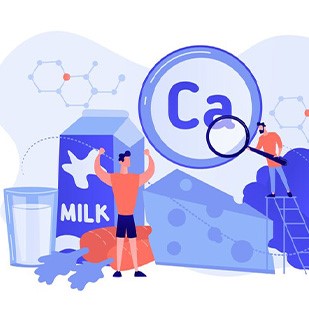Red light therapy (RLT) is fast becoming an all-encompassing, non-invasive treatment for everyone, from elite athletes to chronic pain sufferers. From muscle recovery to skin rejuvenation and improved cellular function, RLT is as effective as changing the game in health and wellness. But what exactly is red light therapy, and why is it becoming one of those trendy staples in medical clinics and home wellness regimes? Let’s examine this fascinating technology's science, applications, and potential future in strength training.

Understanding the Physiological Demands of Strength Training
The Micro-Tears and Muscle Inflammation Inherent in Resistance Training
Strength training[1] — weightlifting, calisthenics, resistance band exercises — repeatedly subjects muscles to mechanical stress. When you exercise excessively, muscle fibers sustain microtears, and inflammation occurs. This is an essential part of muscle growth, as the body returns and repairs these fibers, resulting in stronger and tougher muscle structures.
Short bursts of inflammation are needed for muscle adaptation, but prolonged inflammation can result in excessive muscle soreness, stiffness, or overtraining injuries. It is vital to manage inflammation effectively to maintain strength training progress.
The Crucial Role of Efficient Recovery in Maximizing Strength and Muscle Growth
Hypertrophy (muscle growth) and strength gains happen during recovery, not during the workout. Proper recovery strategies — including sleep, nutrition, hydration, and active rest — allow muscles to repair themselves and grow stronger. However, modern science presented a new tool to make this process even more effective: red light therapy. RLT targets cellular mechanisms to improve recovery, combat inflammation, and optimize muscle function.
How Red Light Therapy Enhances Cellular Processes Vital for Strength Training?
Stimulating Mitochondrial Function to Increase ATP Production for Enhanced Muscle Energy
Red light therapy functions by applying certain wavelengths of red and near-infrared (NIR) light to tissues, in which the energy is absorbed by mitochondria, the powerhouse of cells. This, in turn, stimulates the production of adenosine triphosphate (ATP), the body’s energy currency.
This change allows muscles to have more ATP production available for contraction and endurance, as well as recovery. Research indicates that optimizing mitochondrial function improves muscle endurance and reduces the time taken to recover muscle fibers after vigorous physical activity[2]. For strength athletes, this means improving work capacity, performance, and readiness for the next training session.
Reducing Oxidative Stress and Inflammation, Thereby Accelerating Muscle Repair
Oxidative stress is caused when there is an imbalance between free radicals and antioxidants in the body, and this in turn, can lead to damage at the cellular level. High-intensity strength training produces oxidative stress, which tends to have a negative impact on recovery times.
Red light therapy has been proven to lower oxidative stress by increasing antioxidant production and decreasing harmful free radicals. Moreover, it reduces inflammation through the modulation of pro-inflammatory cytokines. This twofold approach to mitigating oxidation damage combined with the regulation of inflammation means that muscles can recover more rapidly, leading to more effective, more regular training.

Specific Performance Benefits of Red Light Therapy for Strength Training Enthusiasts
Decreased Delayed Onset Muscle Soreness (DOMS) for More Frequent and Intense Workouts
Delayed onset muscle soreness (DOMS) is the muscle soreness and stiffness that occurs 24 to 72 hours after an intense workout. Although DOMS is a regular aspect of strength training, poor performance and reduced frequency of training can occur due to excessive soreness.
Studies show it can decrease delayed onset muscle soreness (DOMS) by improving blood flow and aiding recovery. The enhanced circulation flushes away metabolic waste products, including lactic acid, and delivers oxygen and nutrients needed for muscle healing. This allows athletes to train more often with less discomfort, causing faster adaptation.
Improved Muscle Strength and Endurance, Leading to Increased Training Volume and Intensity
Strength training depends not only on muscle strength but also on endurance and resilience. Red light therapy has been shown to enhance muscle strength & endurance by facilitating enhanced oxygen utilization and lowering muscle fatigue.
Research indicates maximized strength, repetitions until failure, and overall endurance improvements in athletes utilizing RLT[3]. Thus, lifters, bodybuilders, and other strength-based athletes have greater freedom to push their limits, resulting in increased training volume and faster muscle-building speeds.
Integrating Red Light Therapy into a Strength Training Regimen
Combining Red Light Therapy with Nutritional and Recovery Strategies for Synergistic Effects
To get the most out of red light therapy, it should be part of a balanced recovery plan. Expand upon RLT by adding appropriate nutrition, hydration, and sleep principles to achieve a synergistic effect for muscle recovery, decreasing inflammation, and optimizing gains.
- Before Training: Red light therapy before training prepares the muscles with improved circulation and increased mitochondrial activity for better endurance and performance.
- Use After Workouts: RLT post-strength training helps reduce inflammation, speed up muscle repair, and minimize delayed onset muscle soreness (DOMS).
- Together with Nutrition: Sufficient protein, healthy fats, and several essential micronutrients, including magnesium and omega-3s, nourish muscle recovery and cellular function.
- Quality Sleep: By supporting melatonin production, RLT, when paired with a regular sleep schedule, aids in the maintenance of hormonal balance in the body and muscle repair.
The Growing Body of Evidence Supporting Red Light Therapy in Athletic Performance
Review of Scientific Studies Demonstrating the Efficacy of Red Light Therapy for Muscle Recovery and Performance.
Red light therapy in sports and recovery is increasingly supported by scientific research. Multiple studies demonstrate its efficacy: A 2017 meta-analysis published in the Journal of Biophotonics showed Red light therapy significantly enhanced muscle performance and decreased muscle fatigue in athletes.
In a study published in the Journal of Strength and Conditioning Research, the researchers noted Red light therapy improved recovery and decreased soreness from high-intensity exercise.
According to a 2022 review published in the International Journal of Sports Physiotherapy, RLT may improve muscular endurance and strength, enabling people to train harder while recovering faster.
These results further highlight the increasingly recognized value of red light therapy as an evidence-based adjunct to strength training.
Conclusions
Red light therapy is a powerful ally for strength training enthusiasts for recovery, soreness reduction, and performance enhancement. RLT enables athletes to train harder and recover faster through stimulation of mitochondrial function, reduction of oxidative stress, and promotion of fast muscle repair. Using red light therapy in conjunction with a carefully crafted strength training plan and adequate nutrition, hydration, and sleep can provide better results and a more sustainable training plan.
As research continues to back its benefits, red light therapy is an indispensable tool in the recovery toolbox for strength athletes and fitness fans.
References
- Hughes, David C et al. “Adaptations to Endurance and Strength Training.” Cold Spring Harbor Perspectives in Medicine vol. 8,6 a029769. 1 Jun. 2018, doi:10.1101/cshperspect.a029769
- Larkin-Kaiser, Kelly A et al. “Near-infrared light therapy to attenuate strength loss after strenuous resistance exercise.” Journal of athletic training vol. 50,1 (2015): 45-50. doi:10.4085/1062-6050-49.3.82
- Tsuk, Sharon, et al. “Does Photobiomodulation Therapy Enhance Maximal Muscle Strength and Muscle Recovery?” Journal of Human Kinetics vol. 73 135-144. 21 Jul. 2020, doi:10.2478/hukin-2019-0138















 Small
Small

 Moderate
Moderate

 Moderate
Moderate

 Moderate
Moderate

 Full
Full



